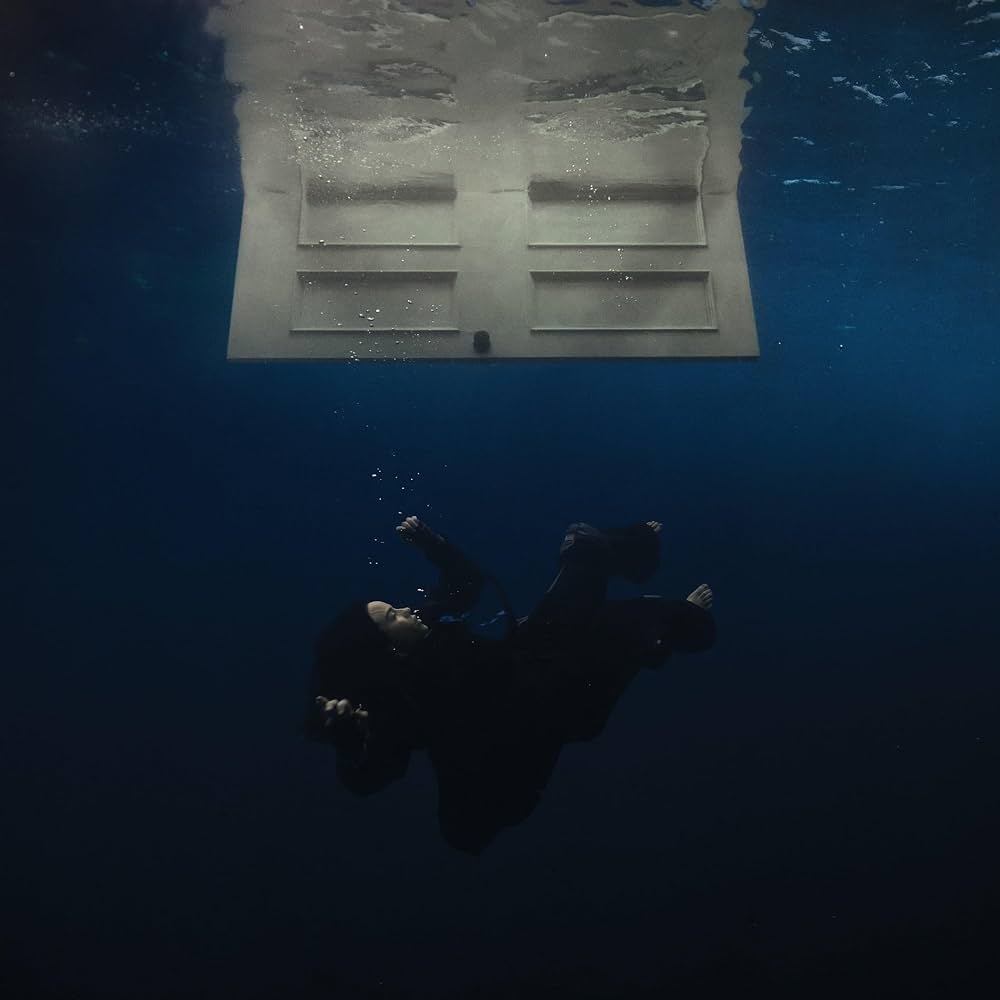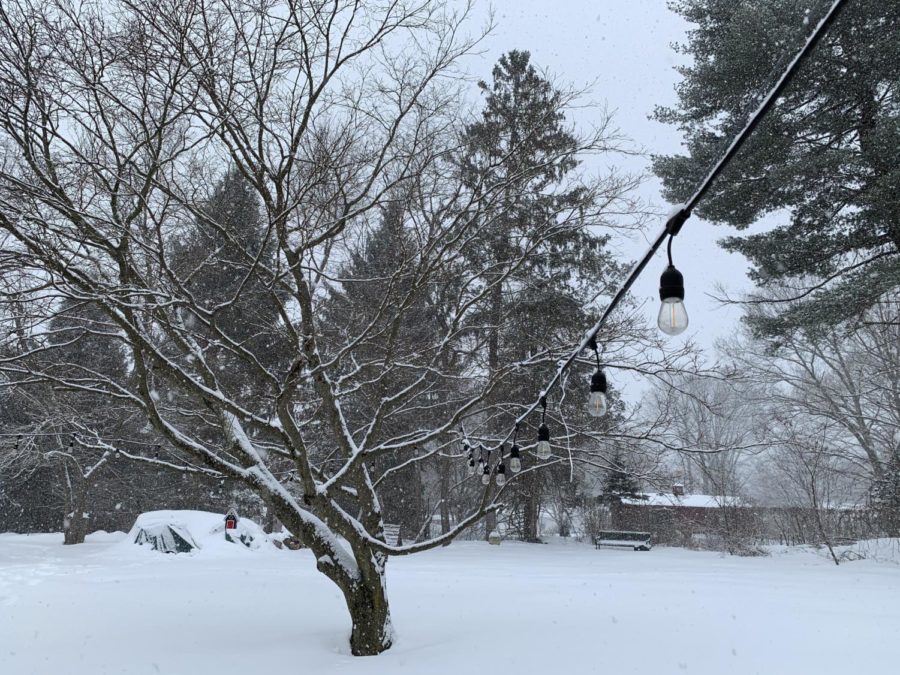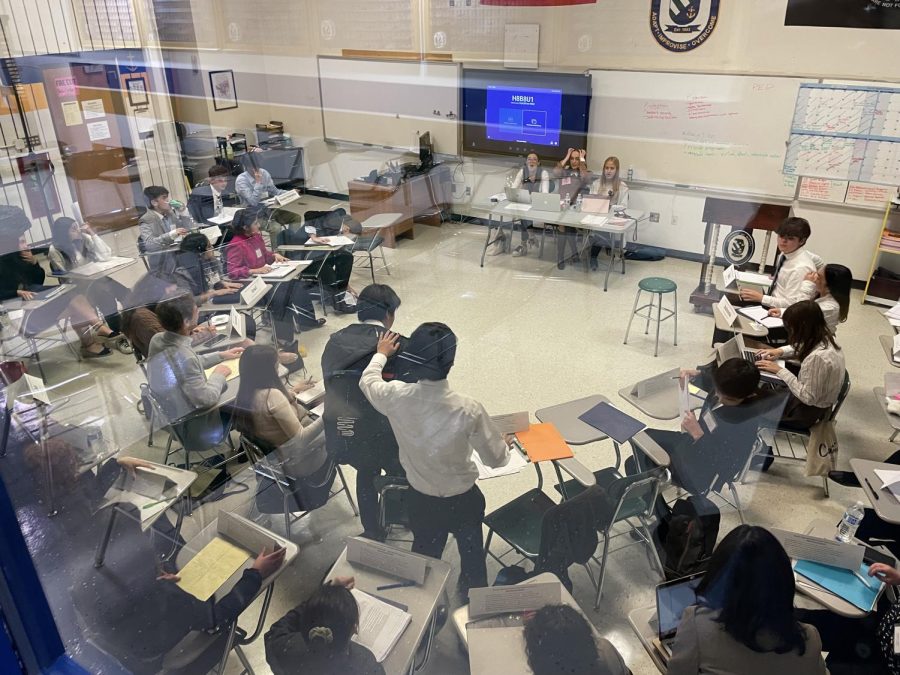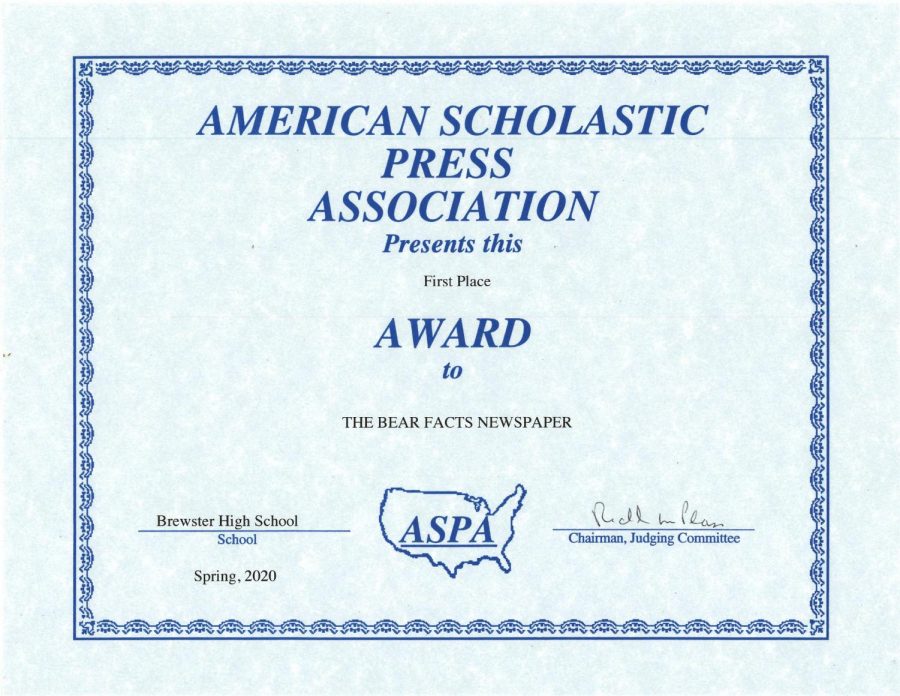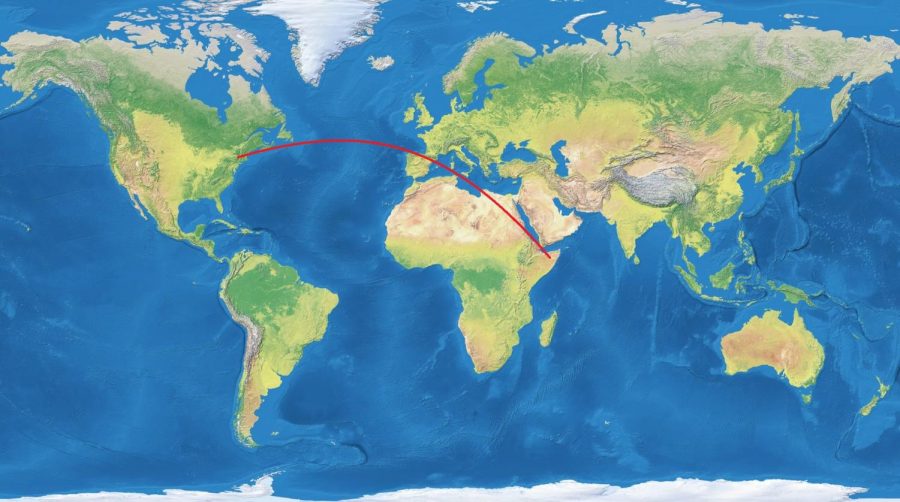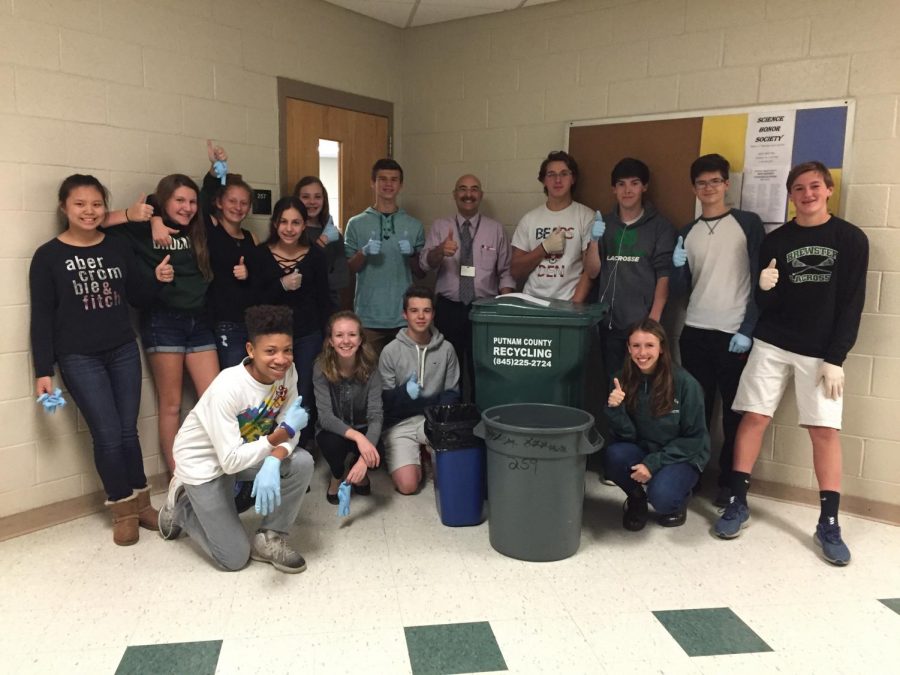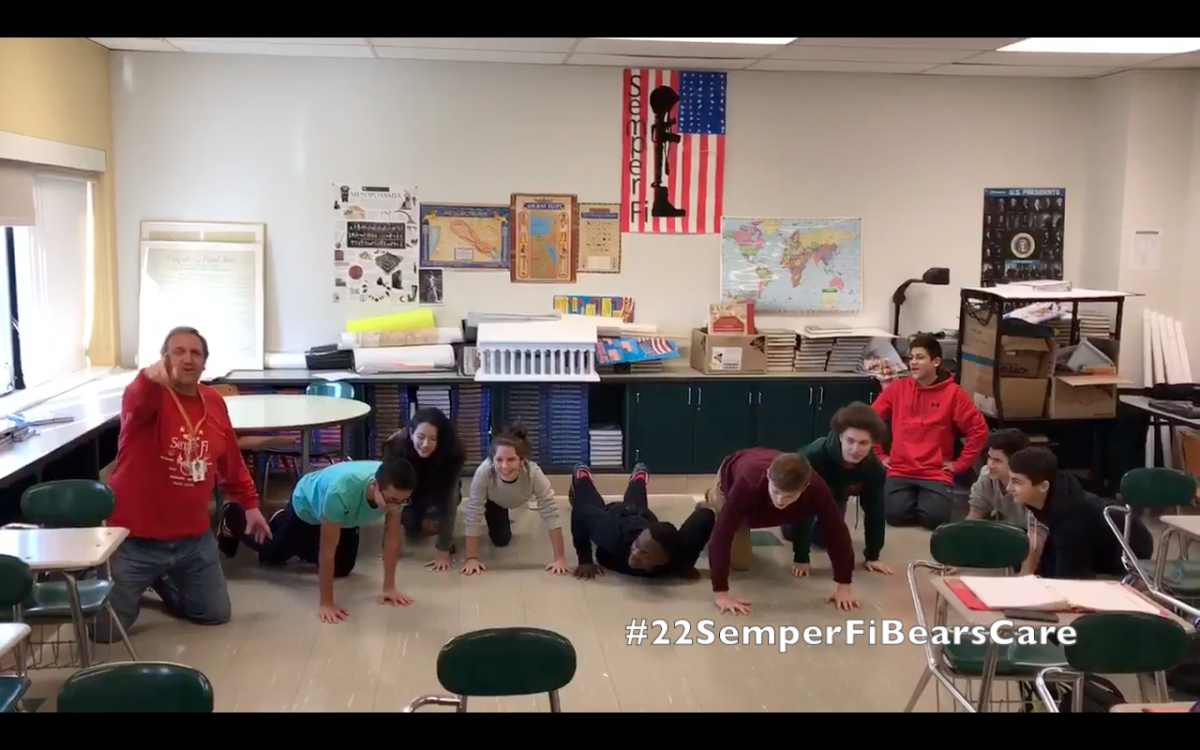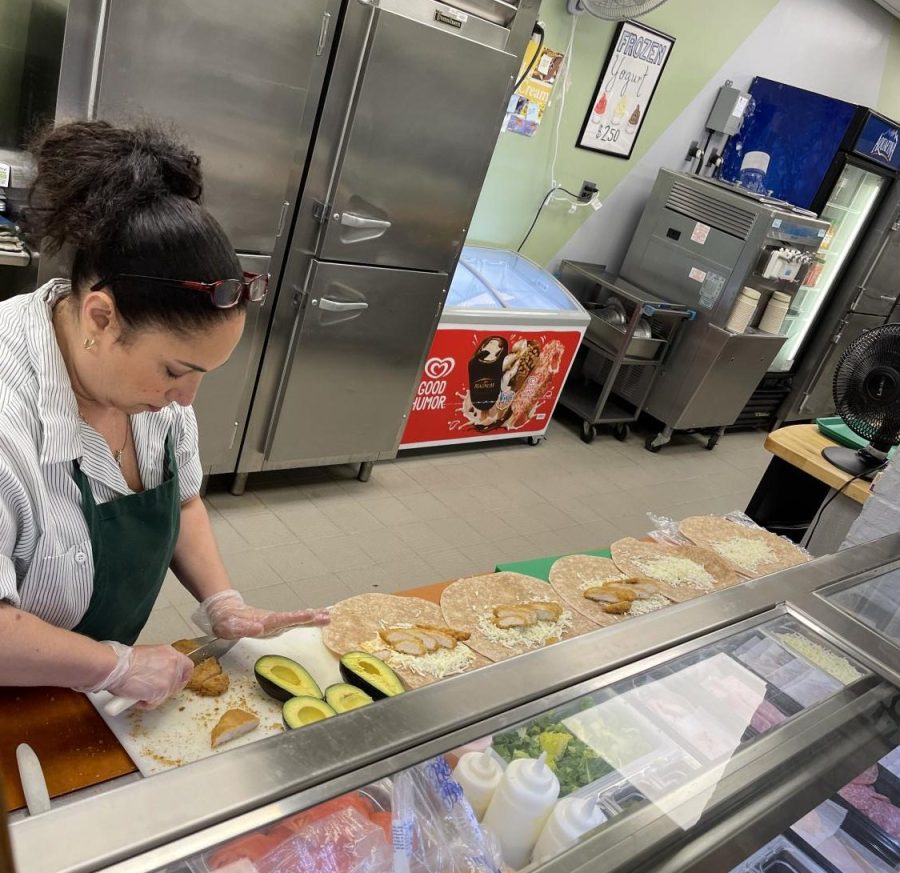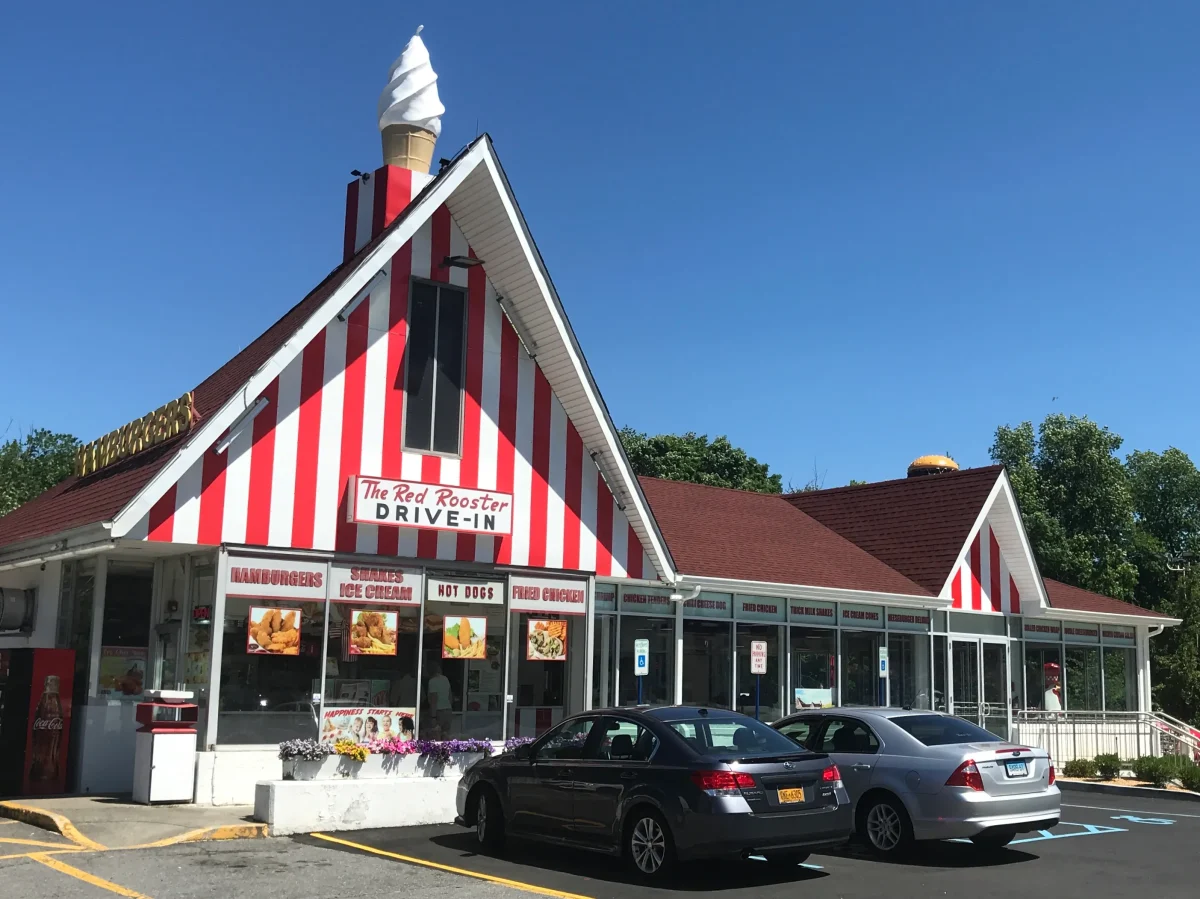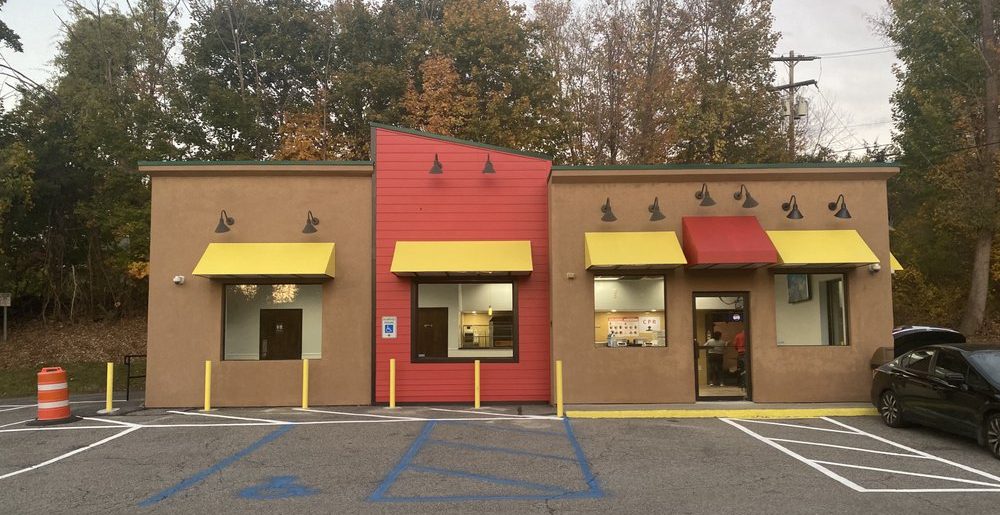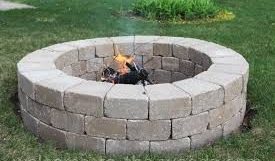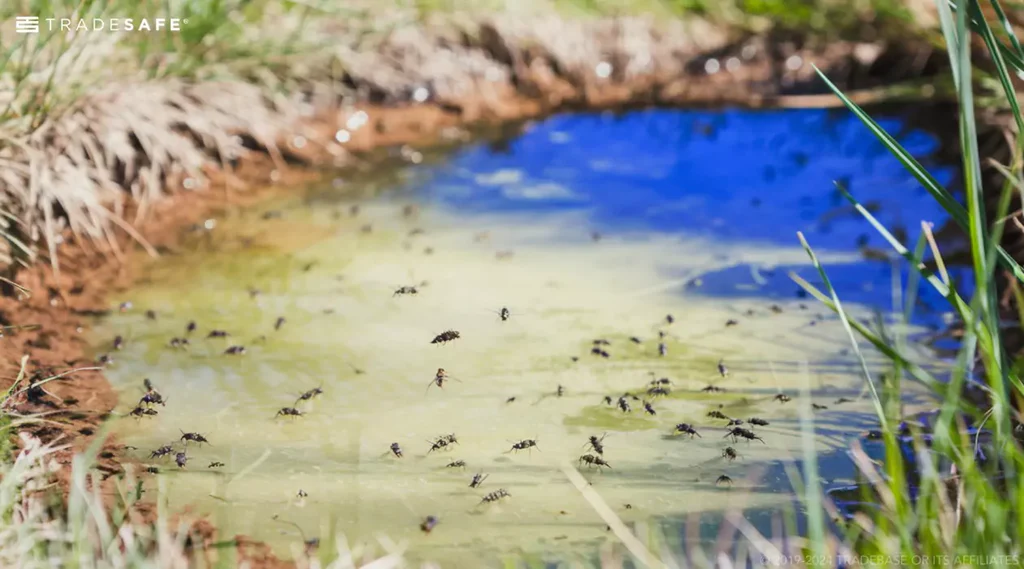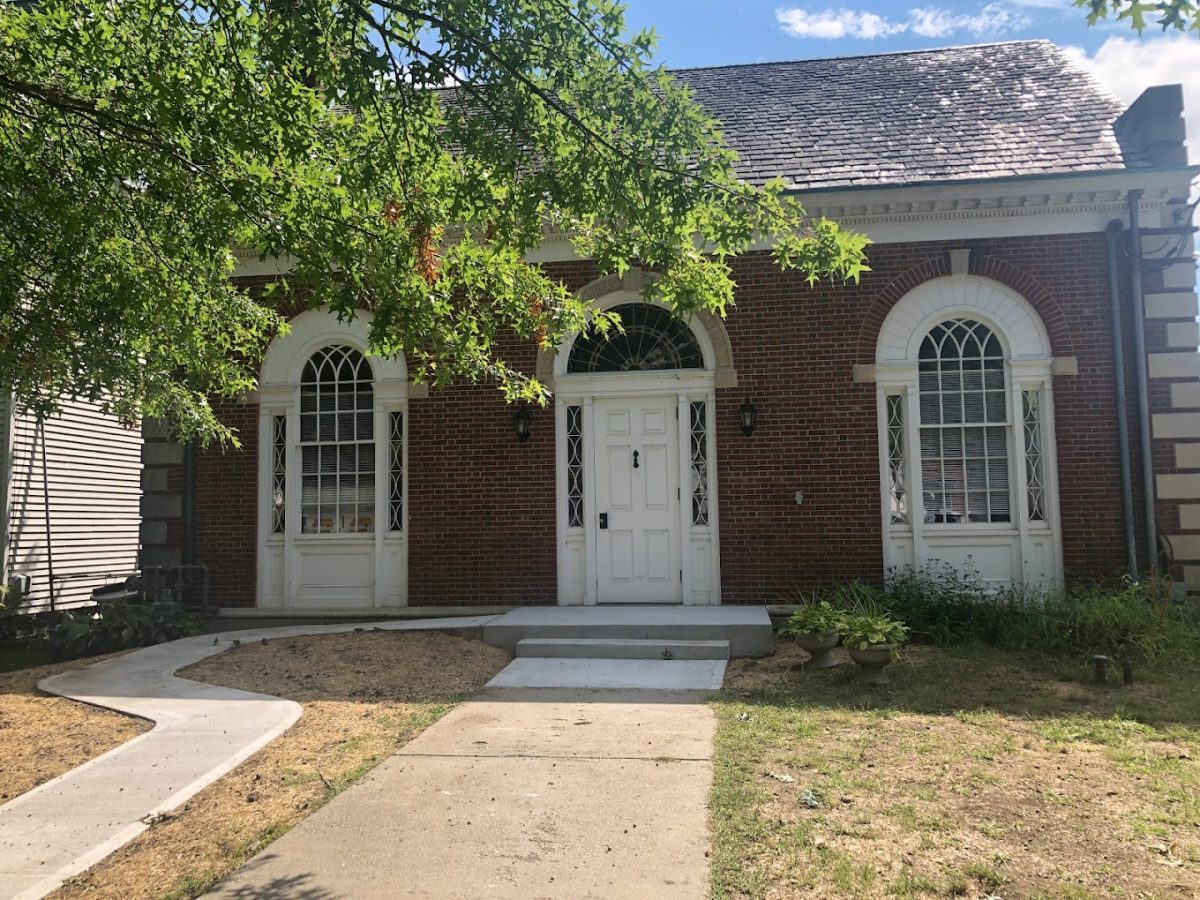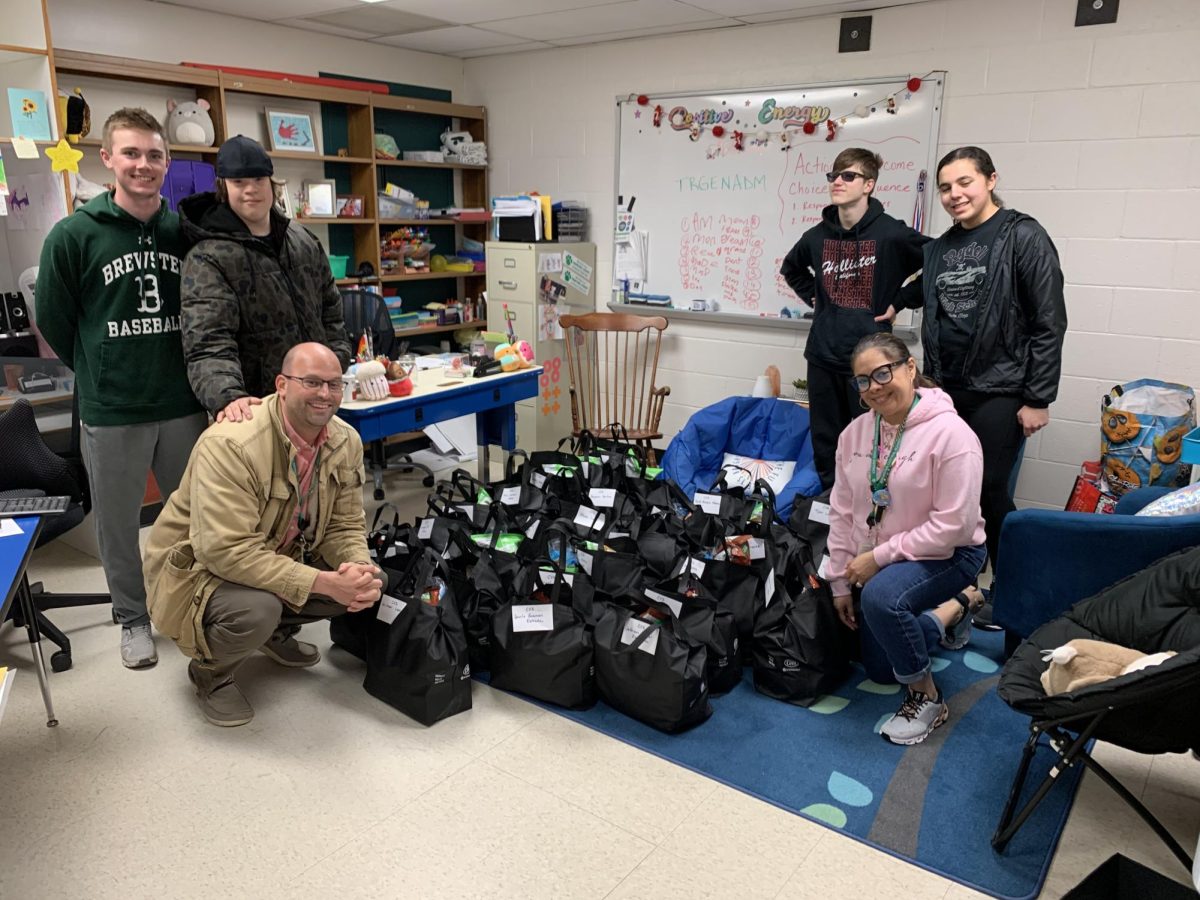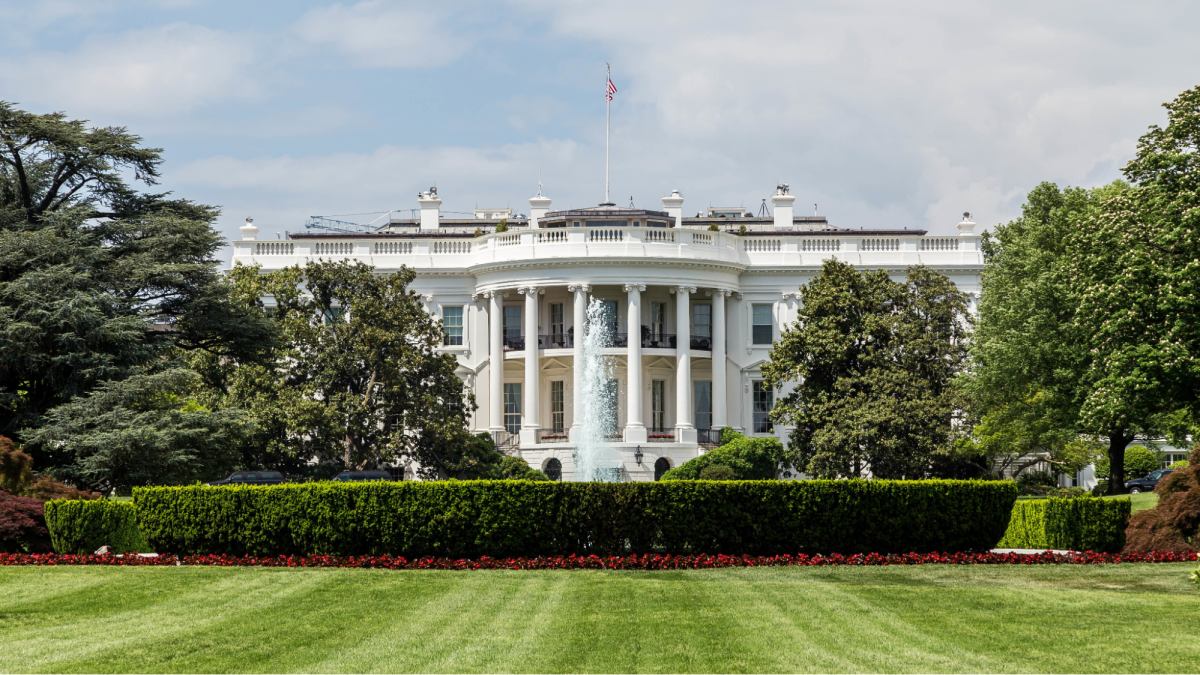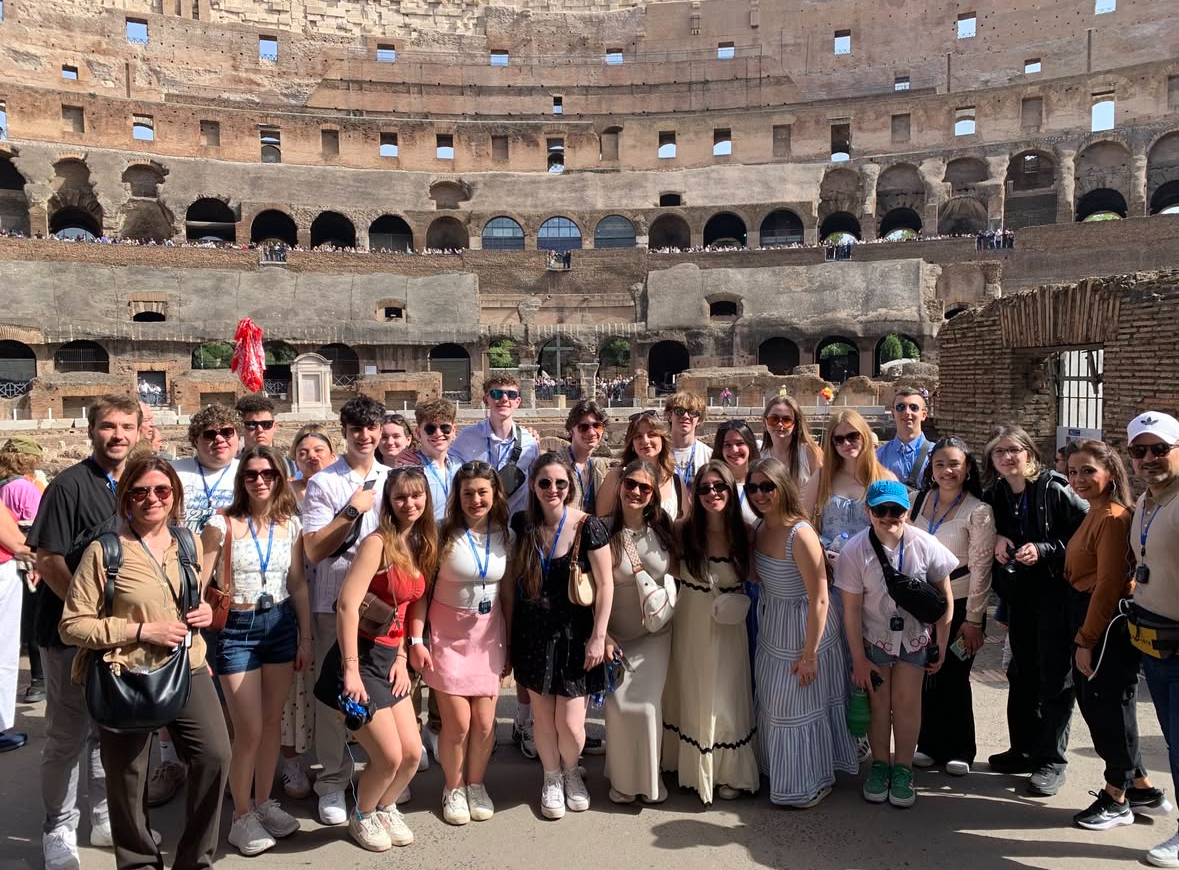Over the past few weeks, you may have noticed that local reservoirs are much lower than normal. For example, the local East Branch Reservoir just east of the Village of Brewster has experienced a very visible drop in water flow levels, evidenced by the amount of exposed field stones and striated sediment lines near the bottom of the reservoir as well as the lazy flow of the Croton River’s eastern branch. Although many climate-related factors have been attributed to shifting water levels throughout the United States (in both drought and water hazards), here in Putnam County, changes in water levels can primarily be attributed to much needed repairs on The Delaware Aqueduct.
The Delaware Aqueduct, a waterway that supplies New York City much of its water supply through an aqueduct system, has recently undergone repairs in order to construct a “2.5-mile bypass tunnel to structurally sound portions of the existing Delaware Aqueduct, permanently conveying water around a leak” (NYC Department of Environmental Production). Although the Croton Watershed System contributes to New York City’s water supply, it is the Delaware River and other Catskill Mountain streams which supply much of the needed water through a sophisticated aqueduct system. In order for such construction to be completed, the DEP will be ceasing their sourcing of water from the Delaware System during the 8-month projected span of repairs being conducted. As a result, water will be sourced from the other 2 aqueduct systems (the Catskills and Croton Systems) in order to meet the water needs of New York City.
Concerns and efforts for the New York City water supply date back to the 18th century. In our area, we host the Croton Watershed, made up of tributaries of the Croton River – West Branch, Middle Branch and East Branch. Brewster’s contribution to the Croton System consists of the Middle Branch near Drewville Road and Tilly Foster, the East Branch including Bog Brook, Sodom Dam and Spillway, and the Diverting Reservoir, south of the Village of Brewster. These sources have helped quench New York City’s thirst. Preservation of the land and construction of the reservoirs give our area great scenic appeal.
As more water needs to be sourced from the other two systems, water levels in such regions will lower. For example, in our local Croton System (which normally provides 10% of NYC’s water supply), we will see an increase to providing 30% of the city’s water during the planned shutdown for the repairs. Therefore, triple the water normally sourced from Croton System Reservoirs for the city will be sourced in order to make up the difference caused by the repairs. Although activities in the area such as boating and fishing will face interruptions based on water levels in certain areas, the change will only be temporary. Repairs to the Delaware Aqueduct are set to be completed by June 2025, and water levels should begin to return to normal levels, just in time for the summer.
As of 11/4/24, Mayor Adams has issued a Drought Watch for New York City, which is cited as resulting from “a historic lack of precipitation” within New York City and its surrounding area (Office of the Mayor). Although the drought watch is not on the basis of water sourcing limitations given the Delaware Aqueduct repair project, the lack of precipitation in our local region could potentially further lower the levels of our reservoirs and other local bodies of water, especially if NYC needs to source even more water from the Croton System to fulfill its consumption needs.










































